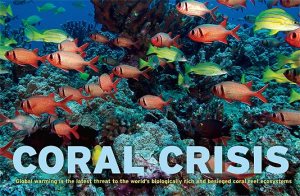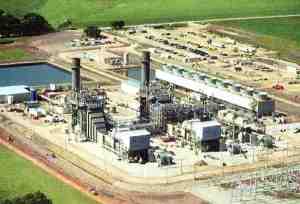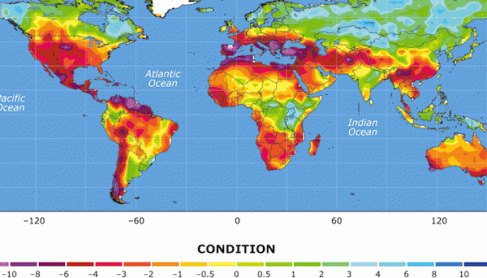You probably are familiar with the old adage, “put your money where your mouth is”. This saying definitely applies to the green movement. Green initiatives require an enormous financial commitment to develop and advance the technologies necessary to address the issues of climate change and to reverse the pollution of the Earth. Statistics collected in Global Trends in Renewable Energy Investment 2012 Report, a study backed by the UN Environment Program, have tracked financial investments in green energy globally since 2004. These statistics reveal the following:
- Investment in renewable energy accounted for 44% of all new energy generation capacity added last year. This represents an increase in renewable investment, up from 34% in 2010 and 10.3% in 2004.
- The majority of the money invested in renewable energy came from the private domain and largely was invested in the area of research and development. In fact, investment from the private sector was twice that of government and public bodies.
- The renewable energy sector of emerging economies, such as India and China, has the biggest boost.
- In 2009, China surpassed the United States in total annual investment, and in 2011, it attracted more money than any other country.
While these statistics show a financial commitment to the green movement, statistics indicate that investment in green initiatives still lags behind that of traditional sources. In 2011, only 6% of the world’s energy requirements were generated by renewable sources. A caveat to this situation is that many clean tech companies have suffered from the volatility of the markets over the past two years, and in many countries, policies established to encourage investment in renewable energy have been weakened by austerity measures undertaken to upright faltering economies.
When considering investing in renewable energy or other green initiatives, the due diligence requirement cannot be understated. Thorough understanding of this market sector is mandatory. For example, it is important to know that these markets require government confidence and commitment in order to be successful. Financiers require stable policy to back green investments. It is important to identify mature technologies because they have longer track records. These often include onshore wind and solar energy. Remember: Lower technological risks equal more finance.
Investing in renewable energy and green initiatives presents potential opportunities for financial gain, as well as moral commitment to the green movement. As with any investment, make sure you do your homework and seek professional advice so that you understand the many factors involved. A place to start your journey to green investments is: http://www.sustainablebusiness.com.
Let’s live green, be green!







